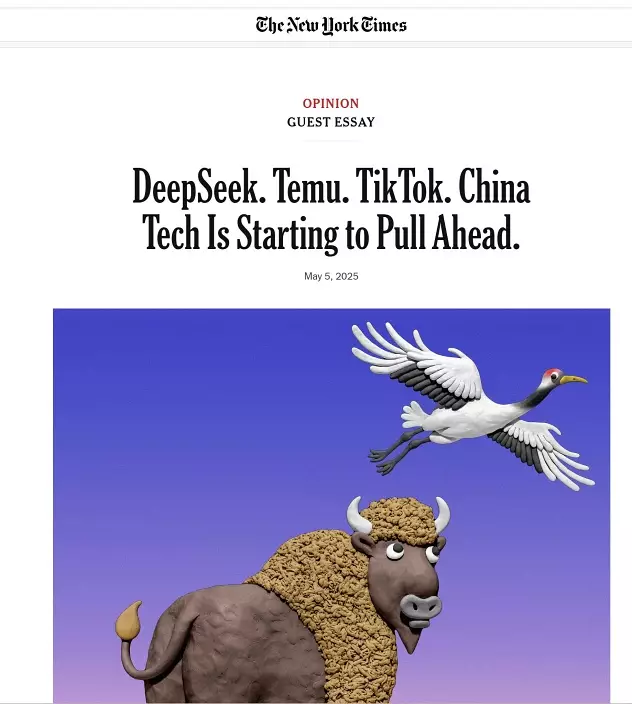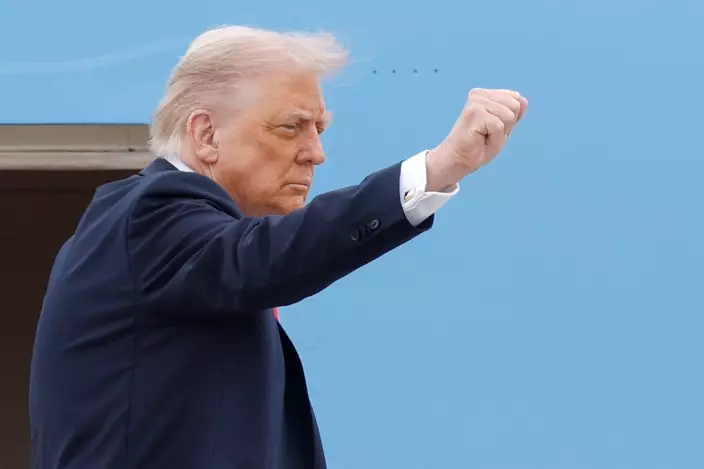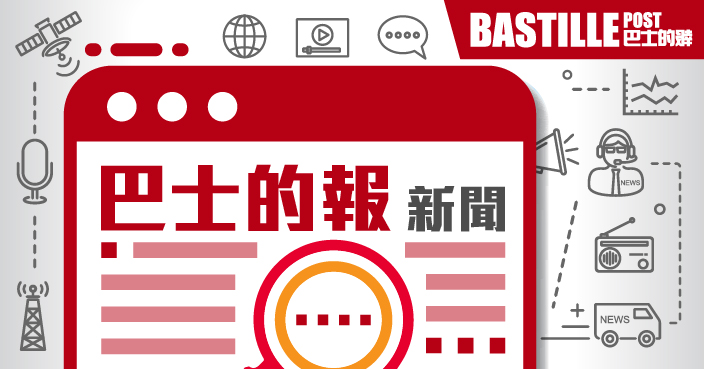Former Google CEO Eric Schmidt recently sounded the alarm in The New York Times: China is not just catching up in artificial intelligence and technology innovation, it is, in some areas, pulling ahead. Despite US efforts to curb China’s progress through export controls on advanced AI chips, Schmidt argues these moves have only fuelled China’s determination to cultivate talent, build resilient supply chains, and accelerate homegrown innovation.
Schmidt points to a new era: “From DeepSeek to Temu to TikTok, Chinese tech is starting to pull ahead.” The era when China trailed far behind the US is over. American restrictions have, paradoxically, pushed China to double down, producing world-class products and, at times, even leapfrogging the West.

Google Former CEO Eric Schmidt argues in a commentary that China is rapidly catching up to the United States in artificial intelligence and technological innovation. (Image source: X)
A Changed Landscape: From Copycat to Contender
Schmidt’s commentary highlights how technological advances are transforming daily life in China. Electric vehicles speed through city streets; apps offer drone food delivery; and humanoid robots from Unitree Technology have become household names after performing on the Spring Festival Gala, China’s most-watched TV program. These shifts underscore China’s emergence as a peer-and sometimes a leader in fields like AI, robotics, and electric vehicles.

Humanoid robots from Unitree Technology became an overnight sensation after performing a dance and handkerchief-spinning routine on the stage of the Spring Festival Gala.
Schmidt notes, “To win the race for the future of technology, and, by extension, global leadership, the US must discard the belief that it is always ahead.” For years, China lagged behind. In 2007, when Steve Jobs unveiled the first iPhone, only about 10% of China’s population was online, and Alibaba was still years away from its New York IPO. But the pace of change has been staggering. In just over a decade, China has transformed from imitator to innovator, with products that sometimes outpace their Western counterparts.
AI: From Playing Catch-Up to Setting the Pace
When ChatGPT launched in late 2022, a wave of Chinese copycats followed, widely seen as years behind their American rivals. Yet, as with smartphones and EVs, Silicon Valley underestimated China’s capacity to rapidly develop affordable, state-of-the-art alternatives. Today, Chinese AI models are closing the gap. DeepSeek’s V3 large language model, updated in March, now ranks among the world’s best non-reasoning models on some benchmarks.
Schmidt observes, “In a dozen years, China has gone from a copycat nation to a juggernaut with world-class products that have at times leapfrogged those in the West.”
Manufacturing, Robots, and Open AI
Schmidt cites Xiaomi as a case in point: once dismissed as an iPhone copycat, the company delivered 135,000 electric vehicles last year. Meanwhile, Apple abandoned its own EV project after pouring in $10 billion over a decade. China is also racing to deploy robots at scale. In 2023, it installed more industrial robots than all other countries combined and has ambitious plans for mass-producing humanoids.
A key difference is openness. Leading US tech firms develop proprietary AI models and charge for access, partly because training these models costs hundreds of millions of dollars. Chinese AI companies, by contrast, often distribute their models freely for public use, download, and modification. This approach broadens their global influence and makes their technology more accessible to researchers and developers everywhere.

Schmidt’s New York Times op-ed headlined: “DeepSeek. Temu. TikTok. China Tech Is Starting to Pull Ahead.”
The Roots of China’s Tech Momentum
China’s rise is underpinned by decades of investment in STEM education, robust supply chains, and a brutally competitive domestic market that rewards relentless iteration. Apps from Chinese e-commerce giants like Shein and Temu, along with social platforms like RedNote and TikTok, are among the world’s most downloaded. Combined with the popularity of open-source Chinese AI models, it’s easy to envision a future where Chinese apps and AI companions are woven into the fabric of daily life worldwide.
Schmidt warns, “This China-dominated future is already arriving, unless we get our act together.” He urges the US to learn from China’s strengths: sharing more AI technology and research, accelerating innovation, and promoting AI adoption across the economy. He also cautions against underestimating China’s willingness to endure short-term economic pain for long-term technological supremacy.
Sanctions: Fuel for Innovation?
Despite US restrictions on advanced chip exports, China’s recent breakthroughs suggest that sanctions have only spurred local entrepreneurs to train and commercialize AI with renewed vigor. Schmidt concedes, “It’s a hard truth to swallow, but Chinese tech has become better despite constraints, as Chinese entrepreneurs have found creative ways to do more with less.”
The End of US Tech Dominance?
Schmidt closes with a stark warning: “We’re no longer in the era when China is far behind us.” If China’s ability to innovate holds, if its AI companies remain open, and if the country stays on track to claim 45% of global manufacturing by 2030, the next phase of the AI race will be a no-holds-barred contest across every front. America will need every advantage it can muster.
Deep Throat
** The blog article is the sole responsibility of the author and does not represent the position of our company. **
Last Friday, Trump flat-out torpedoed a much-anticipated zero-emissions deal for the global shipping industry, smashing it apart at the United Nations' International Maritime Organization (IMO). The Financial Times lays it all bare: to kill the net-zero shipping pact, Trump didn’t just lean on the usual diplomatic muscle—Washington went full gangster. Think raised port fees, outright bans on ships passing through America, and direct threats, and even personal intimidation of diplomats and their families, with entry bans waved in their faces like warning flags.
The Financial Times lays it out: over a dozen diplomats, foreign officials, and industry insiders watched the US throw diplomacy in the mud at last month’s London summit. Washington came armed with bullying tactics, determined to smash the net-zero shipping pact by brute force.

US Bullying Blocks IMO’s Green Shipping Deal—Vote Delayed a Year. IMO website image.
US officials didn’t bother with backroom deals—they stalked the halls, cornering diplomats from Africa, the Pacific, and the Caribbean. The message was simple: cross the United States, and your ships might not reach America. Rock the boat, and your family could be locked out. These weren’t idle whispers. The intimidation played out in broad daylight during coffee breaks.
Social Media Taunts, Policy Upends
Trump didn’t bother hiding his true feelings. On social media, he slammed the agreement as a “global green shipping tax scam.” But this wasn’t just venting. In April, most countries had already green-lit the framework. It was set to become real policy—until Trump’s team blew it up, forcing a one-year “pause.” The global momentum froze on the spot.
One diplomat cut to the heart of it: “It’s like the streets of New York.” His country got the warning firsthand—keep backing the deal, and watch your sailors’ visas disappear. US port fees? Those would rise too. Another attendee was even more blunt: IMO bigwigs were left gobsmacked. “It’s like dealing with the mafia,” they said. “You don’t need details. You just know: cross us, and you’ll pay.”
The US State Department kept mum on the intimidation claims. Instead, American officials handed out praise to Greece and Cyprus. Those two broke rank from the rest of the EU—they cast abstention votes in the big one-year adjournment, even after they already gave the framework the green light back in April.
Secretary of State Marco Rubio, ahead of the IMO meeting in London, issued a joint statement with senior Trump officials warning that the administration was "evaluating sanctions on officials sponsoring activist-driven climate policies that would burden American consumers, among other measures under consideration." As Greece and Cyprus sided with the U.S., much of Europe—and the world—reacted with surprise.
Global Rules or American Muscle?
Chatham House’s head of global economy Creon Butler didn’t mince words. The US, he said, has ditched long-standing diplomatic etiquette. Instead, Washington's now muscling countries into backing its stance—especially on climate.

America Threatens: Support This, Your Crews and Ports Pay.
“In the very short term this might work, but in the medium term it increases the chances that non-US countries will conclude they cannot work with the US, making agreements independently among themselves which simply work around the US,” he said. Sooner or later, the rest of the world will ink deals that leave America in the dust.
The pushback reached fever pitch at the IMO. Brazil, among others, called out the methods “that should not ever be used among sovereign nations”. Washington wasn’t just rattling individuals—entire capitals, from Bangladesh to Japan and Indonesia, got notes threatening diplomatic smackdowns.
But let’s step back. The drive for a net-zero shipping pact isn’t about feel-good climate slogans.
As Niu Tanqin from Xinhua puts it: The pact itself is a brass-tacks response to global warming’s mounting cost. Whether you like it or not, global warming is simply an undisputable fact. Everyone is scrambling to stall off the climate catastrophes looming on the horizon.
So, in order to squeeze carbon emission: if your ship emits less than the set limit, you’re rewarded. Above the cut-off, you pay. China, the EU, Japan, India, Brazil—all were in. Even the big shipping companies joined the chorus.
Only a handful of oil states—think Saudi Arabia, Russia, the UAE—pushed back. Pacific island nations, unconvinced the pact was tough enough, simply abstained.

Trump Says Global Warming’s a Scam—US Walks Out.
Then, everything changed. Once Trump 2.0 manifested, the US flipped from supporter to saboteur. In his mind, climate change is a hoax—or worse, a Chinese plot to corner American interests. Stopping this agreement wasn’t just policy—it was personal. He didn’t mind stooping low—pulling out every trick in the high school bully’s playbook: pressure, threats, and outright intimidation to make sure America got its way.
One official wasn’t shy: “It was completely exceptional. I have never heard of anything like this in the context of an IMO negotiation. These people [being threatened] are just bureaucrats, they are civil servants.”
If international law becomes a mere cheap disguise, you can bet real power will be the one pulling the strings.
Pause Button Pressed—World Left Reeling
Now, the deal waits on ice for another year, while “the world stares, shell-shocked”—witnesses to a new era of American brinkmanship.
Not the first time, either. Just look at tariffs: if Washington’s unhappy, it writes its own tax bill—no debate required. Venezuela and Nigeria have both fielded threats of military action; Canada and Panama know the taste of territorial intimidation. Lawless? That’s par for the course.
But payback, as always, has a funny way of coming due. Today, the US bullies island nations and slaps down climate claims. Tomorrow, who’s next? When “might makes right” replaces rules, every nation that depends on order will lose out. True justice may come late—but it never skips its date. Chip away at the pillars of fairness, and sooner or later, you bury the very house you live in.
The real question: how long can America’s strong-arm show go on before the world walks out?















